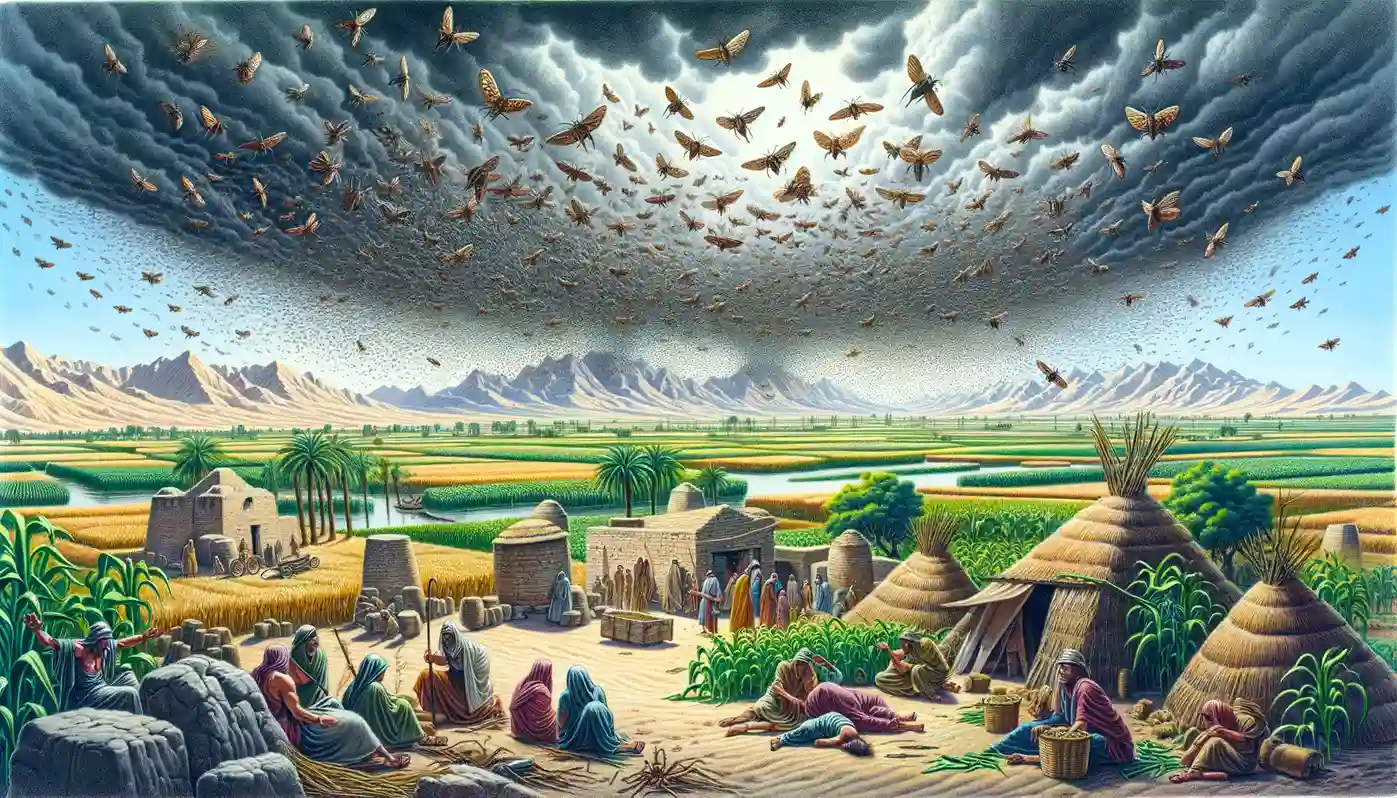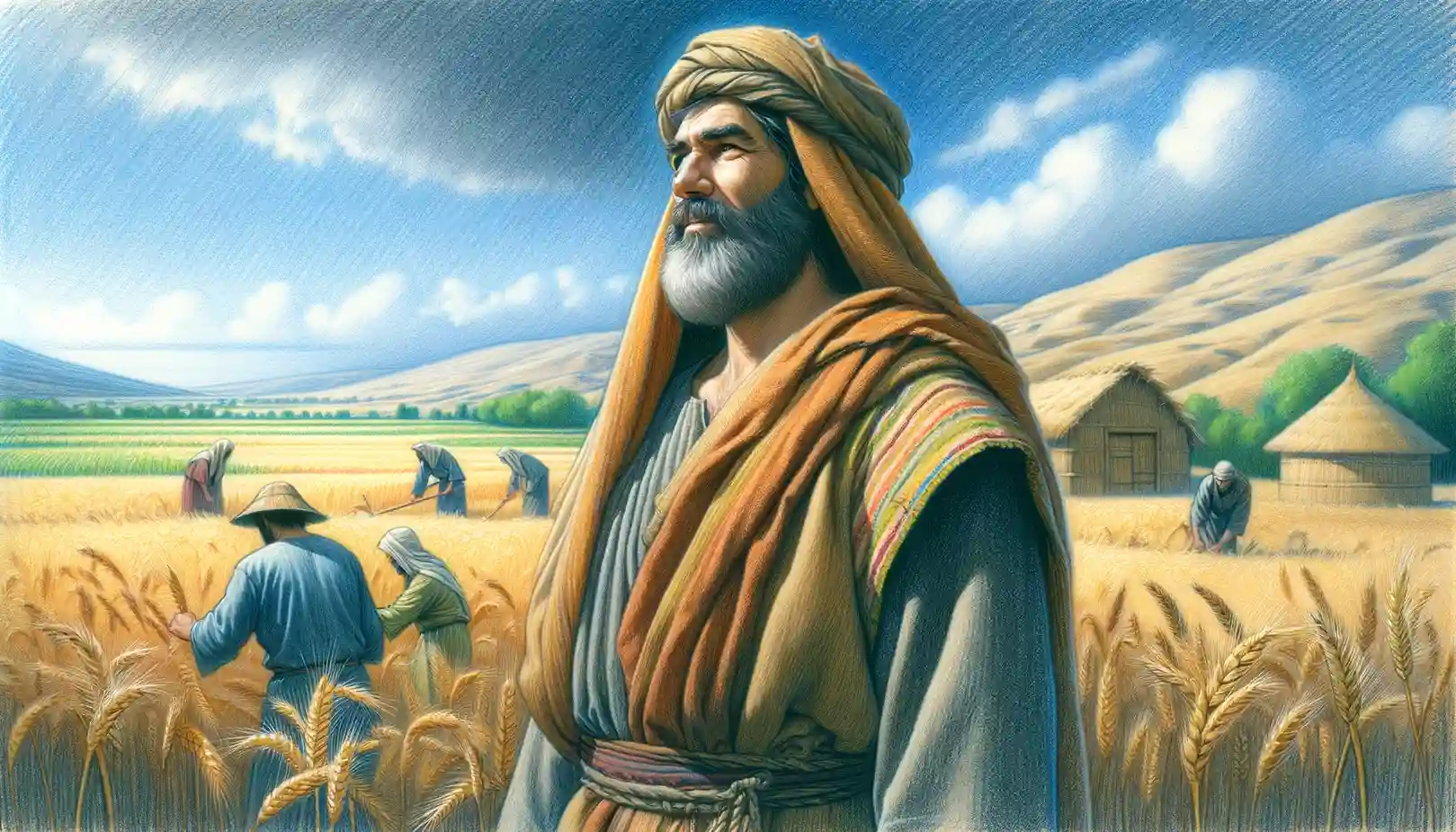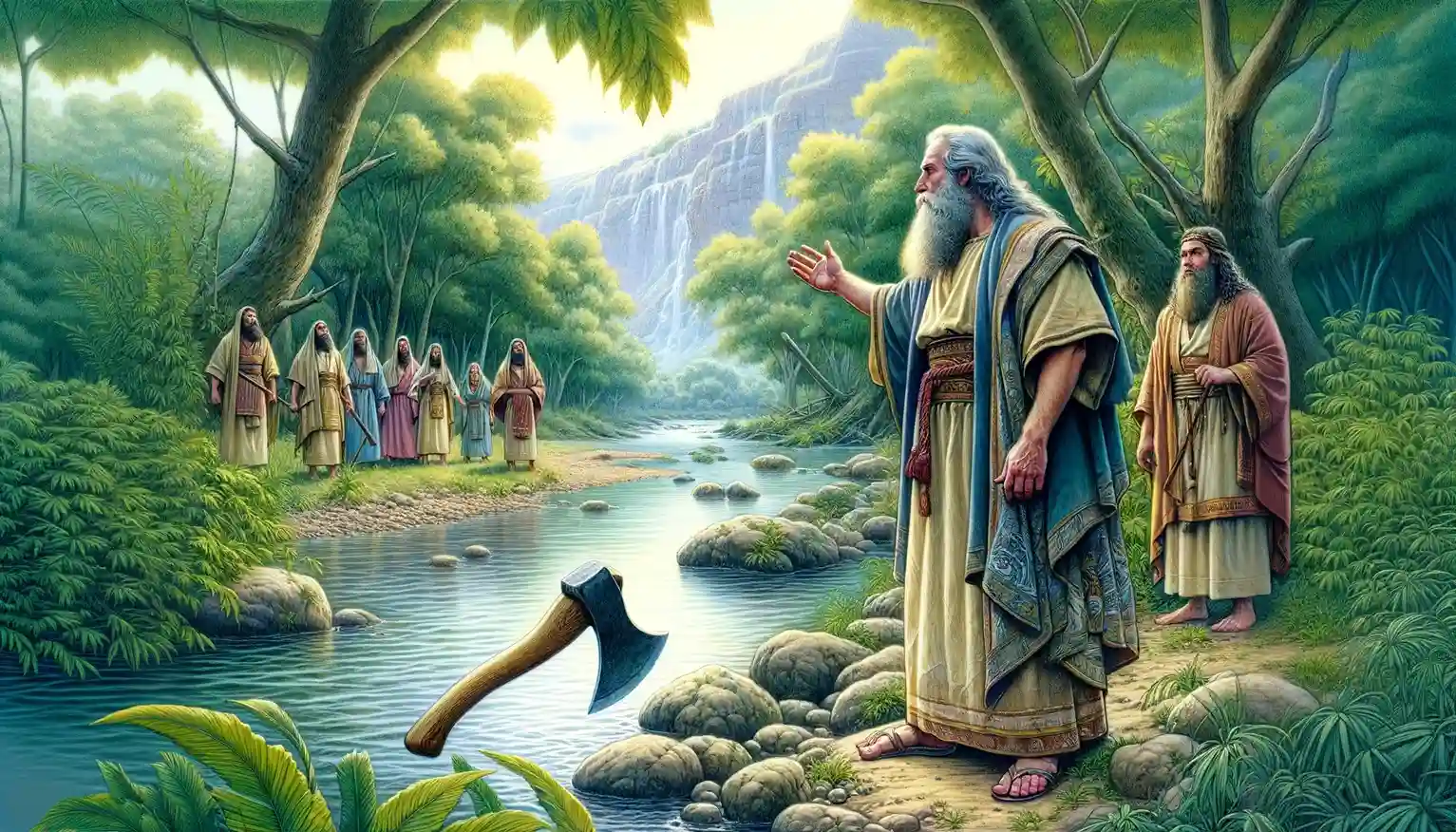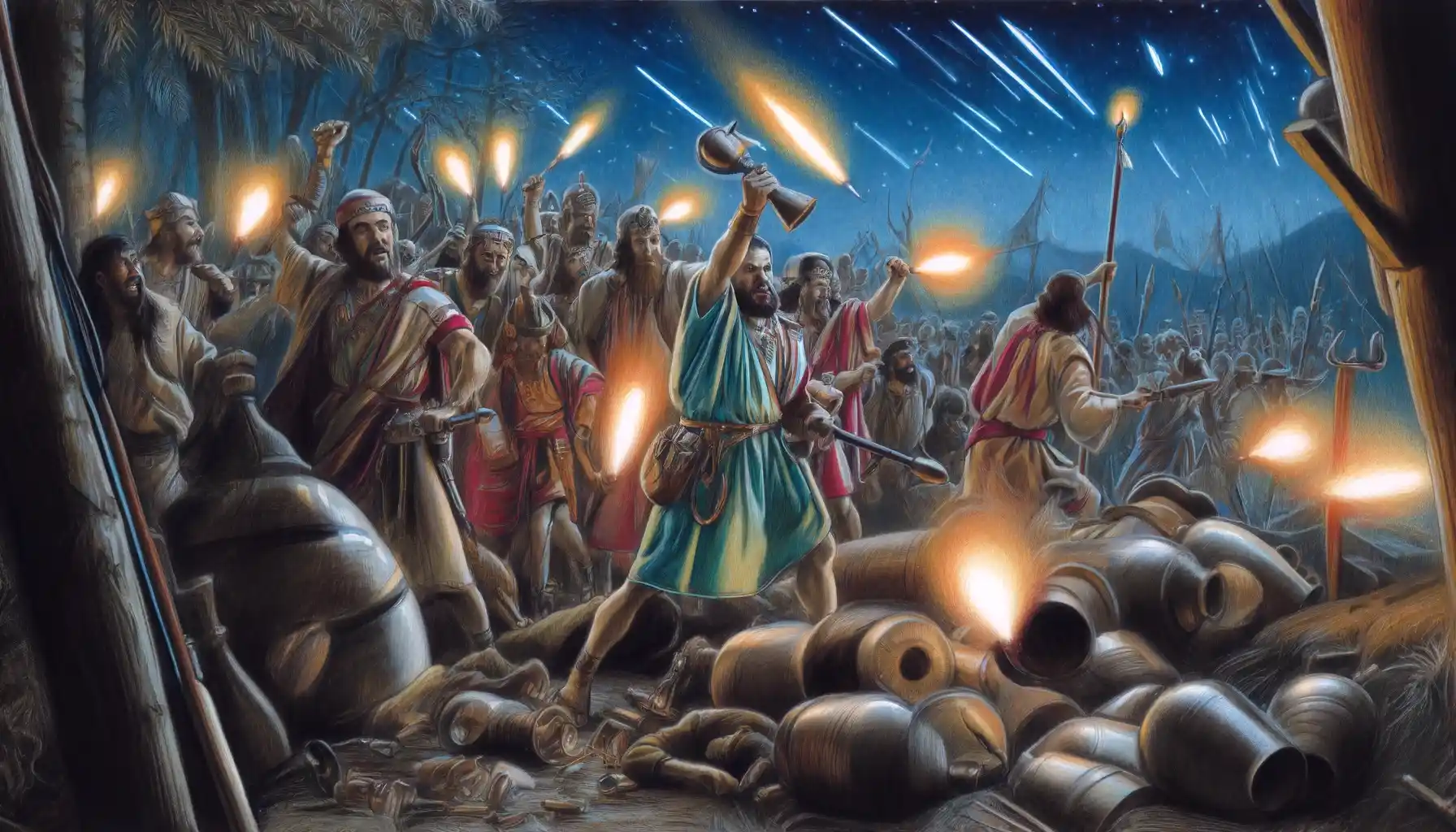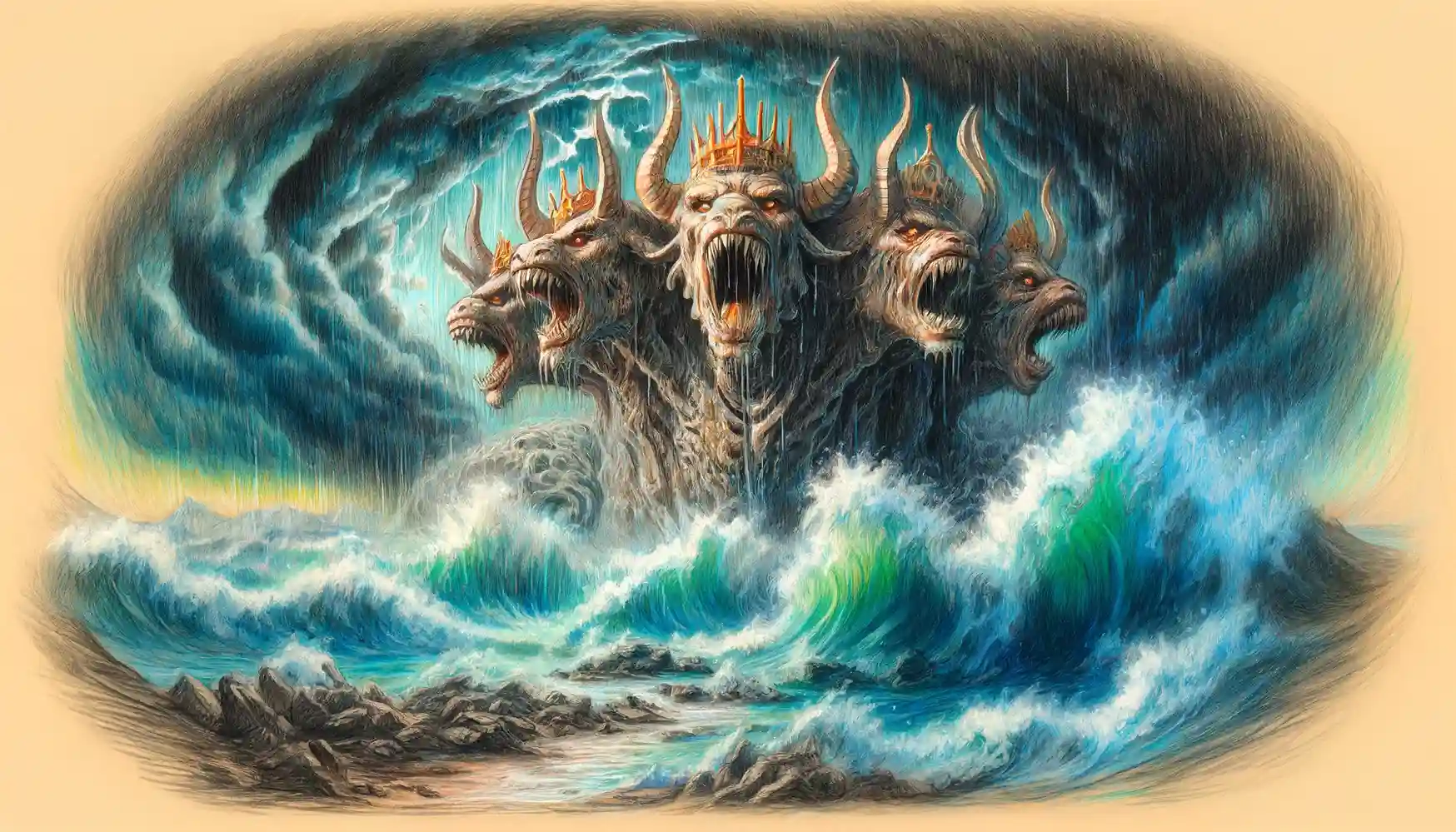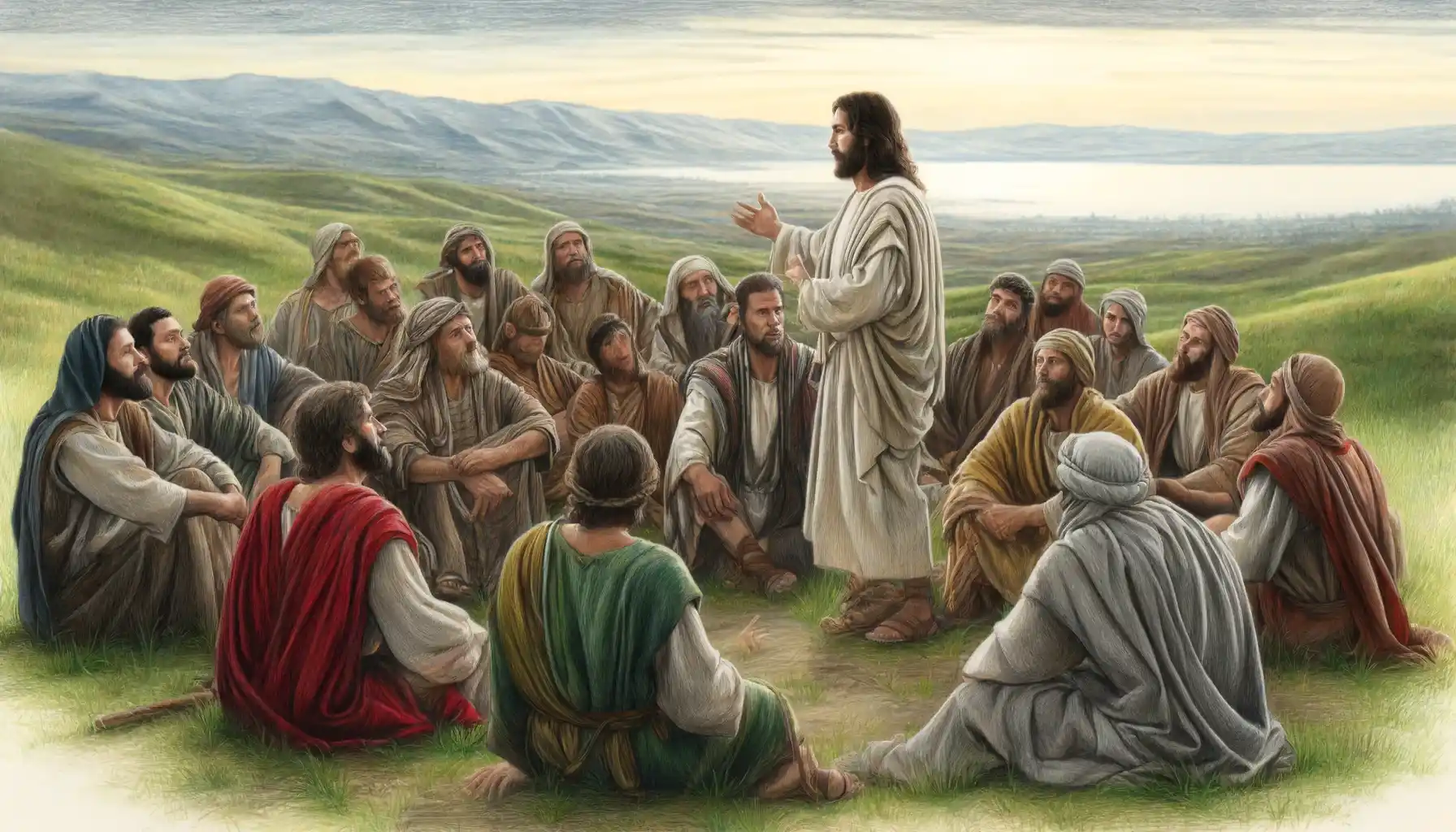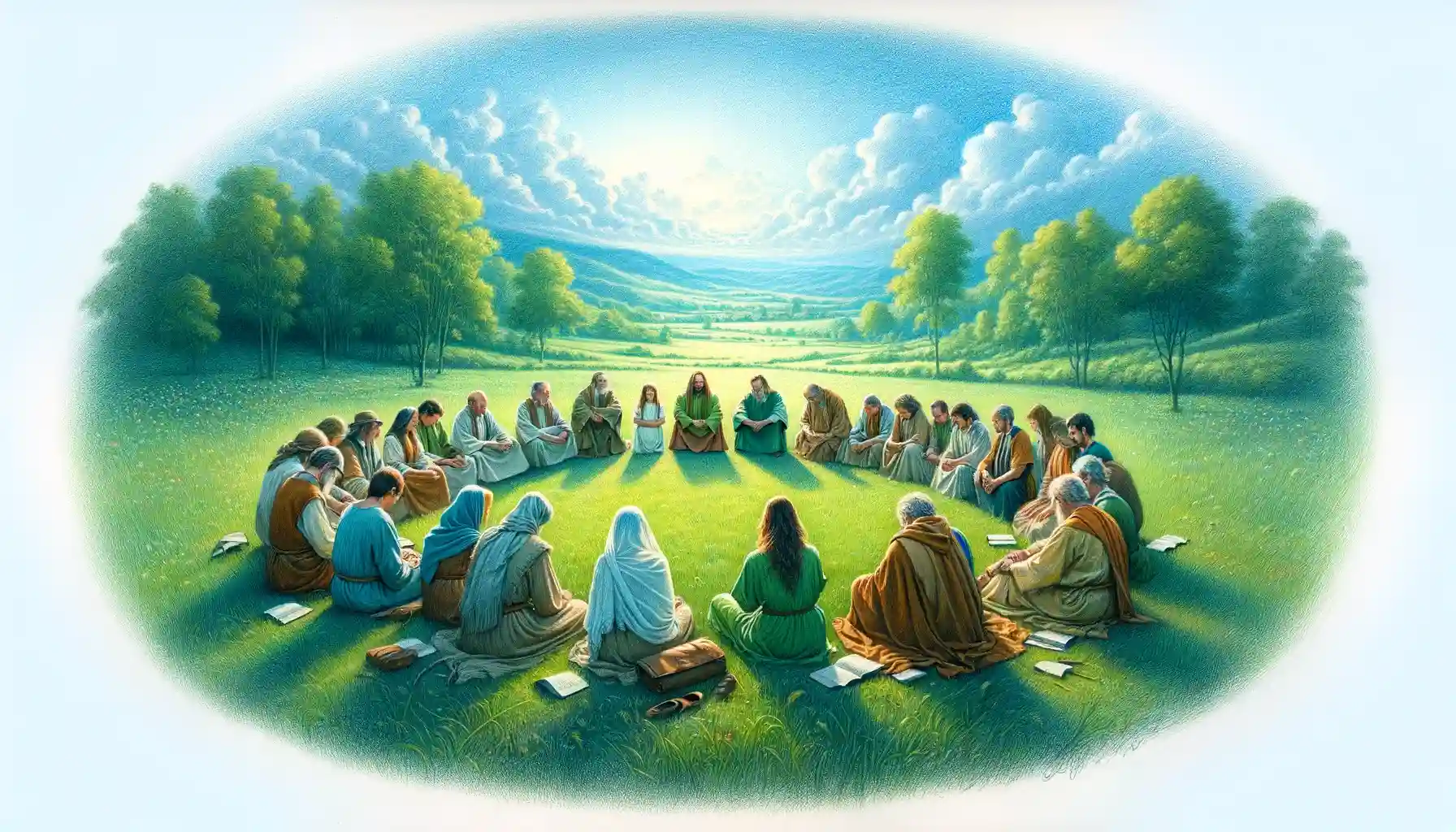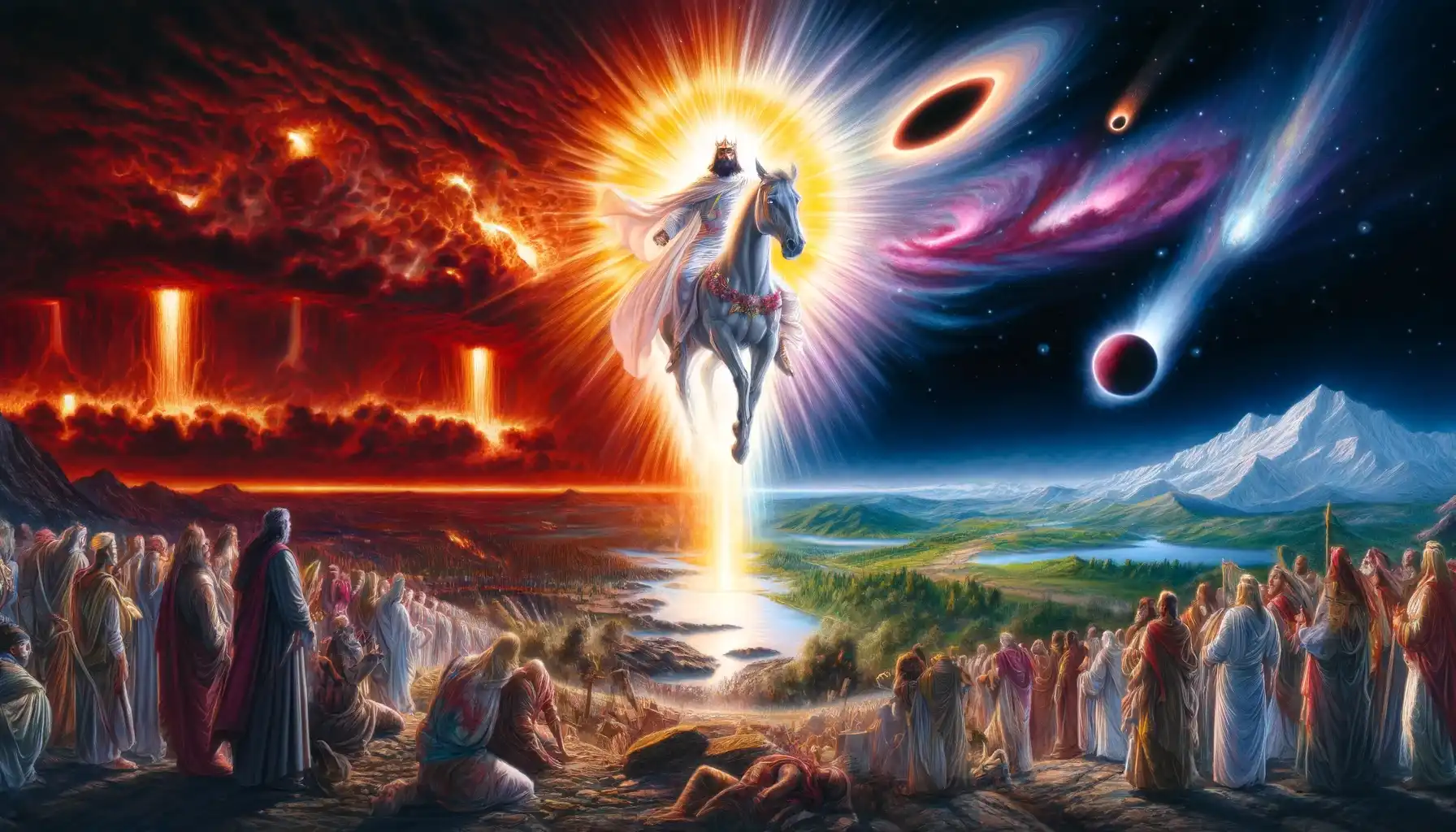The Ten Plagues of Egypt, as described in the Book of Exodus, systematically demonstrate the supremacy of Yahweh over Egyptian deities, culminating in the liberation of the Israelites from slavery.
The Song of Solomon, a radiant tapestry of lyrical poems, weaves the fervent emotions and desires between a bridegroom and his bride, celebrating the intimate and passionate facets of love through vivid and sensuous imagery drawn from nature.
Boaz, a prominent and righteous landowner in the Book of Ruth, exemplifies the virtues of kindness and legal adherence by acting as a kinsman-redeemer, thus ensuring the preservation and continuation of a family line that is central to the genealogical and theological narrative of the Bible.
When a prophet accidentally dropped a borrowed axe head into the Jordan River, Elisha miraculously made the iron float by throwing a stick into the water, allowing the prophet to retrieve it.
Gideon, a judge of Israel, famously defeated the Midianites with only 300 men through a combination of divine guidance and unconventional tactics, demonstrating God’s power to achieve victory through faith and obedience, despite overwhelming odds.
The Antichrist, as prophesied in Daniel 7:23-25, 2 Thessalonians 2:3-4, and Revelation 13, is depicted as a blasphemous global leader who rises to unparalleled power, opposes divine authority, and persecutes the faithful, heralding a period of profound tribulation and deception before the ultimate victory of God’s kingdom.
The Twelve Apostles of Jesus, as listed in Matthew 10:2-4, were chosen from various walks of life to follow Christ, receive direct teachings, and spread the foundational messages of Christianity, each contributing uniquely to the establishment and growth of the early Christian Church.
Philippians 4:6-7 encourages believers to replace anxiety with prayer and thanksgiving, promising that the peace of God, which surpasses all understanding, will protect their hearts and minds through their union with Christ Jesus.
The Seven Churches of Revelation, addressed individually in Revelation chapters 2 and 3, are commended or criticized based on their spiritual state, offering profound insights into the strengths and pitfalls of early Christian communities, emphasizing the necessity of maintaining faith, doctrinal purity, and spiritual vigilance in the face of both external persecution and internal corruption.
The Second Coming of Christ, depicted in Matthew 24:27-31 and Revelation 19:11-16, portrays a momentous event marked by universal visibility, cosmic disturbances, and divine triumph, symbolizing the final judgment and the eternal establishment of God’s kingdom, fulfilling His promises of redemption and justice.

